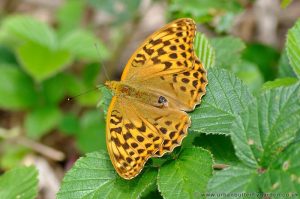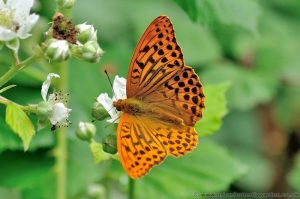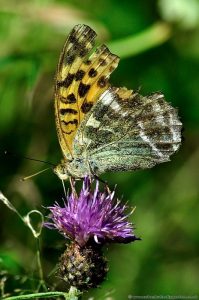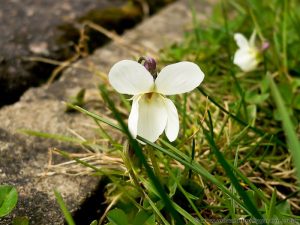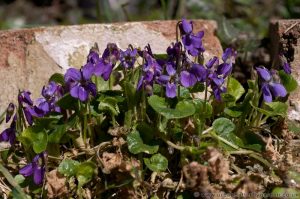A bright orange butterfly, found mainly in open woodland across the south and south west of the UK, in areas where it’s primary larval food Plant the Common Dog-Violet (viola riviniana) grows, although recent observations suggest colonies are moving Northwards.
Seen from mid June-August, the male silver-washed fritillaries are often first to appear, around a week before the females, adult butterflies spend some time in the tree tops sunning and feeding on honeydew from aphids, although during spells of warm weather they will often descend to warm sunny areas to nectar on Bramble flowers, Knapweed, wild marjoram quickly moving from flower to flower.
- Family Group: Nymphalidae
- Wingspan around: 60mm
- Larval Foodplant: Common-dog Violet (viola riviniana)
- Adults Nectar on: Aphid Honeydew, Brambles, Knapweed, Wild Marjoram, Hemp Agrimony (Eupatorium cannabinum)
- Photographs of Male and Female, 14th-23rd June 2011, Bedford Purlieus.
- Photograph of female under-wings August 2010
Getting it’s name from the distinctive silver streaks on the underside of the wings, the Silver-washed Fritillary is the largest of all the Fritillary species found here in the UK, it is also a strong fast flyer with a wingspan around 60mm. The male is bright orange with black or dark brown stripes and spots on the upper wings, the female is similar in size and markings although slightly duller in colour.

